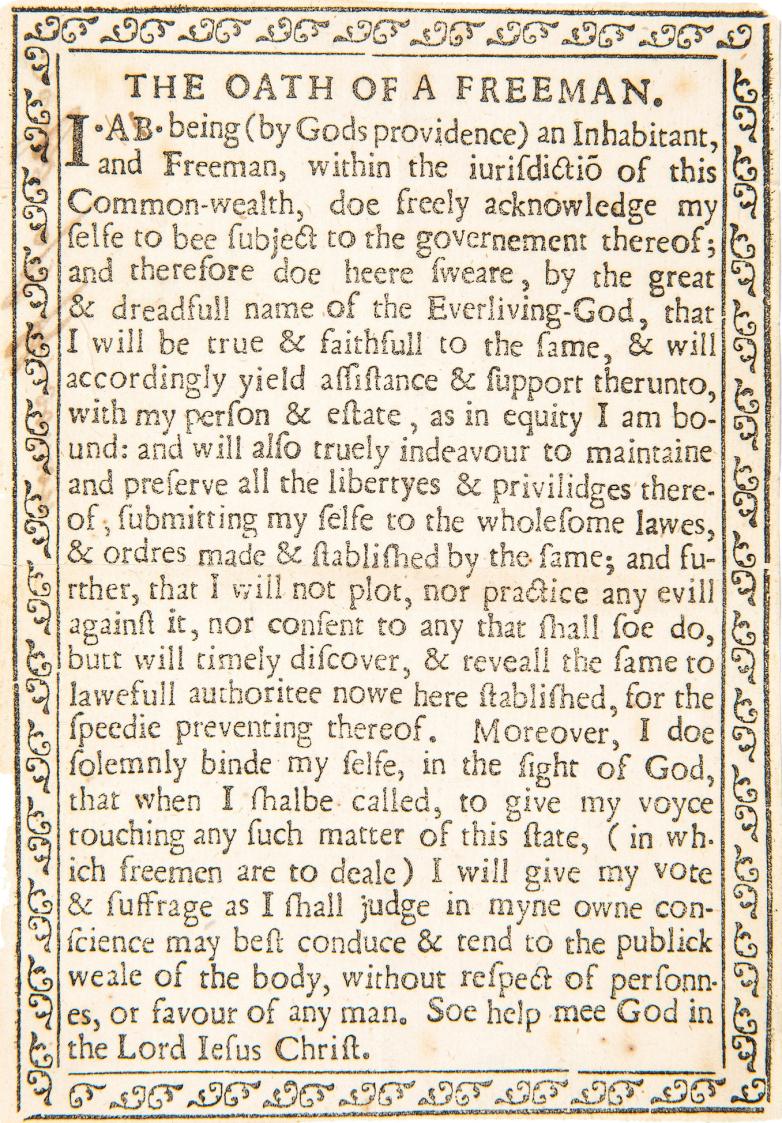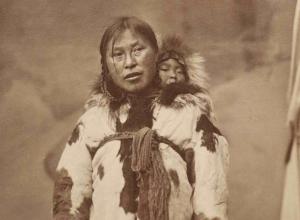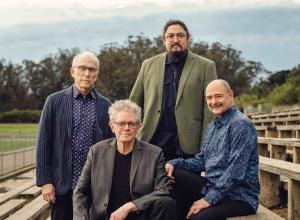The notoriety of this forgery is that it represents the work of Mark Hofmann, known as the “Mormon forger and bomber,” who is now serving a life sentence in Utah. Hofmann was not only clever at forging, he was also clever at creating provenances for his forgeries. The “Oath” is an example of both.
Hofmann surreptitiously placed his completed forgery in the bin of a New York City bookseller, after forging their price on the back. He then “found” it, bought it, and received a receipt for “Oath of a Freeman.”
Every conceivable scientific test was performed to verify its authenticity. The Library of Congress was considering paying $1.5 million for it and the American Antiquarian Society was willing to offer $250,000 for it. The truth came out when homicide detectives in Utah, who were pursuing the Mormon murders and forgeries, discovered the printing plate that Hofmann had made for “The Oath of a Freeman.”
The original “Oath of a Freeman,” printed in 1638 or 1639 by Stephen Daye in Cambridge, Massachusetts, was known only by a second printing a decade later. Hofmann, famed for his forgeries of handwriting, proved he was also adept at printing, and brazen at both.
The Rendell Collection on the Detection of Forged Handwriting already contains the largest number of Hofmann’s manuscript forgeries, as well as other, less famous printing forgeries. “The Oath of a Freeman” will be its most notorious printing forgery.
Thanks to this collection, the Grolier Club will have the most comprehensive archive in the world on forgeries and will make it available to scholars, researchers, collectors, and Club members.

















